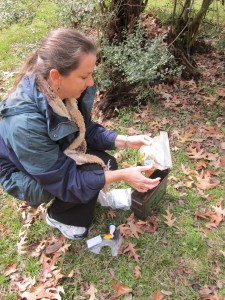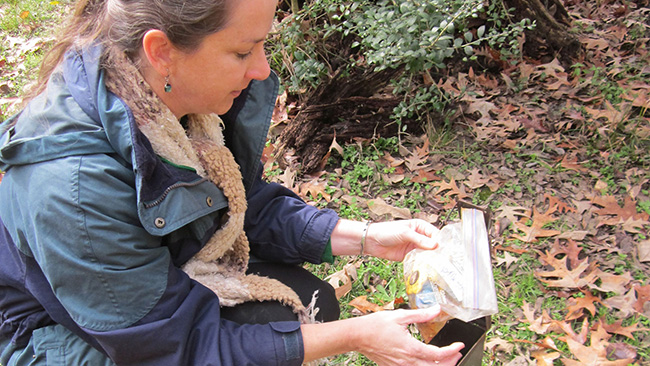UH-Clear Lake yo-yo travels the world via Geocaching

HOUSTON (March 20, 2014) —University of Houston-Clear Lake is going global with a game that is somewhat unknown, yet wildly popular among its enthusiasts — Geocaching. Since it was first planted at the university by UH-Clear Lake Alfred R. Neumann Library Associate Director for Technical Services Martha Hood in April 2013, a UH-Clear Lake yo-yo has traveled through Houston, San Francisco, and hopped through various parts of Canada. It was last spotted on New Year’s Day in British Columbia, Canada – an impressive 2,700 miles from its original location.
Geocaching, in its simplest form, is a treasure hunt played with a GPS. M
embers of the Geocaching community hide objects for other members to seek out and move to another location. Their movement can be tracked via the Geocache webpage and while some objects travel locally, others migrate around the world.
“Geocaching’s initial appeal is the thrill of hunt or treasure, but the reason why many participate in geocaching has much to do with the community that has been built and sustained by geocachers,” explains UHCL Assistant Professor of Sociology Amy Lucas. “They typically report online about their successful (and unsuccessful) attempts, and normally these accounts share tales and details from the experience not just a simple ‘I found it.’”
For Hood, it definitely includes the ‘details.’
“Geocaching has made me explore places that I otherwise would have not,” says Hood, referring to her most interesting find — a cache hidden within an airplane at Ellington Air Force Base.
The geocaching website (http://www.geocaching.com) states that more than 1.4 million geocaches have been hidden around the world by more than 4 million people. The site states it is the world’s largest location-based gaming portal. Six caches listed on the site are hidden within one mile of UHCL, three of which hidden campus.
To follow the yoyo or track its progress, visit http://www.geocaching.com and use tracking code “TB56CVE.”

